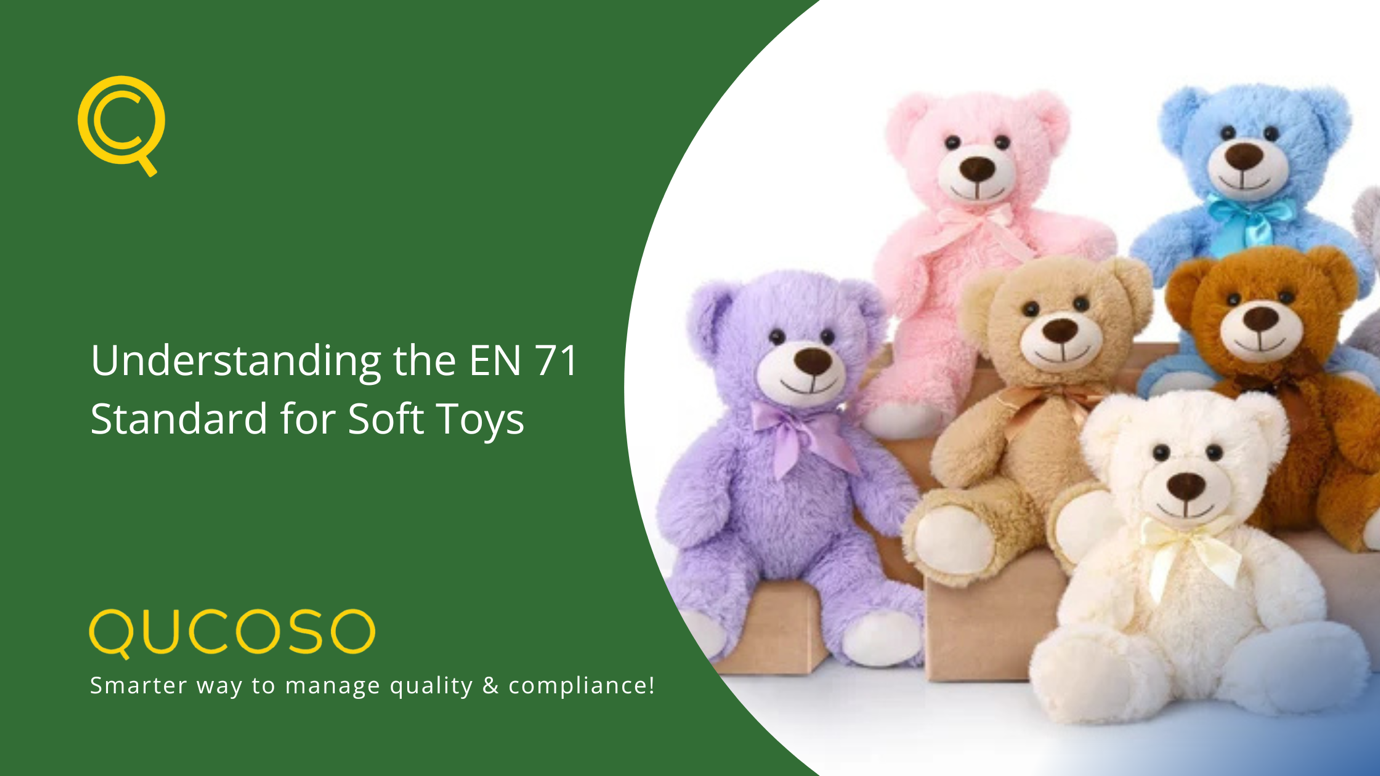
The global market for stuffed toys is booming, with increasing demand and stringent safety regulations to ensure product quality and safety. One of the most critical standards for toy safety in Europe is the EN 71 series, which outlines the requirements for toys to be sold within the European Union. This blog will delve into the key aspects of the EN 71 standard, focusing on its relevance to soft toys.
What is EN 71?
EN 71 is a set of European standards that specify safety requirements for toys. These standards are formulated by the European Committee for Standardization (CEN) under the Toys Directive 2009/48/EC. The EN 71 series is divided into several parts, each addressing different aspects of toy safety, including mechanical and physical properties, flammability, and chemical composition. Here are the key parts of EN 71 relevant to soft toys:
EN 71-1: Mechanical and Physical Properties
This part of the standard ensures that toys are safe in terms of construction and design. It includes requirements to prevent hazards such as sharp edges, small parts that could be swallowed, and other physical risks. For soft toys, this means ensuring that seams are strong, and any small components like eyes or buttons are securely attached.
EN 71-2: Flammability
EN 71-2 specifies the flammability requirements for toys. It aims to reduce the risk of toys catching fire and causing harm. The latest version, EN 71-2:2020, includes stricter testing for materials used in soft toys, such as fabrics and fillings, to ensure they do not easily ignite. This part also covers toys intended to be worn, such as costumes, which must be tested for flammability before and after washing.
EN 71-3: Migration of Certain Elements
This part addresses the chemical safety of toys by limiting the migration of certain hazardous elements, such as heavy metals, from toy materials. EN 71-3:2019+A1:2021 is the latest version and includes updated limits for various elements. For soft toys, this ensures that any dyes, paints, or other chemical treatments used are safe for children.
Additional Relevant Parts
- EN 71-4: Covers experimental sets for chemistry and related activities, ensuring that any chemical components in toys are safe.
- EN 71-13: Addresses safety requirements for olfactory board games, cosmetic kits, and gustative games, which may include soft toys with scented or flavored components.
Testing and Certification
To comply with EN 71, toys must undergo rigorous testing by accredited laboratories. These tests include mechanical and physical tests, flammability tests, and chemical analysis. Once a toy passes these tests, it can be certified as compliant with EN 71 standards.
Labeling Requirements
EN 71 also includes specific labeling requirements to ensure consumers are informed about the safety of the toys they purchase. Labels must include:
- CE Marking: Indicates compliance with EU safety standards.
- Warnings and Instructions: Any necessary warnings or instructions for safe use.
- Manufacturer Information: Details of the manufacturer or importer, including contact information.
Importance of Compliance
Compliance with EN 71 is crucial for manufacturers and importers of soft toys in the European market. It ensures that toys are safe for children, helps avoid legal issues, and enhances brand reputation. Non-compliance can result in product recalls, fines, and damage to a company's reputation.